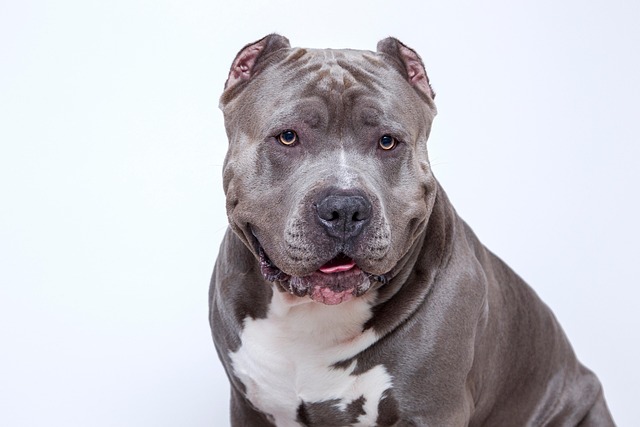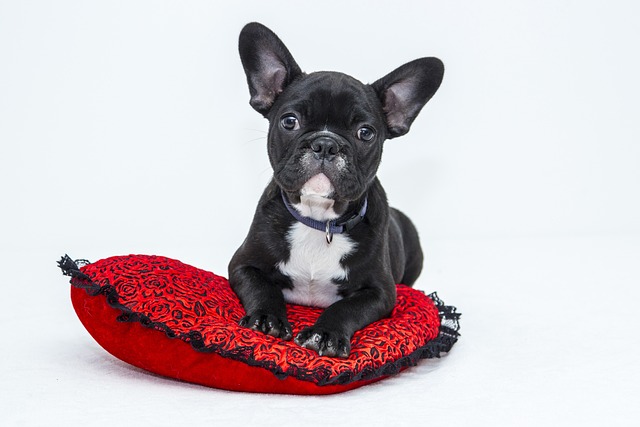
How do you treat gastrointestinal disease in dogs?
Gastrointestinal (GI) issues in dogs are more common than many new pet owners realize—they can pop up after a stolen table scrap, a sudden food switch, or even stress from a new apartment move.
I sat with my friend Lisa at her dining table last month, as her 7-year-old Bichon Frise, Coco—fresh off a kidney disease diagnosis—sniffed at a jar of store-bought treats. “I don’t want to stop giving her treats, but what if I pick something that hurts her kidneys?” Lisa said, her voice soft. If you’re a new U.S. dog owner with a pup dealing with kidney disease, this question is urgent: What dog treats are ok for dogs with kidney disease? The answer boils down to three rules—low phosphorus, moderate high-quality protein, no harmful additives—and leaning on your vet to tailor choices to your dog’s needs. It’s not about cutting out treats; it’s about choosing ones that support their health while keeping bonding time sweet.
To understand why these rules matter, let’s break down kidney function: Damaged kidneys struggle to filter waste, especially phosphorus and excess protein. Too much phosphorus builds up in the blood, causing fatigue, loss of appetite, and further kidney strain. So “ok” treats for kidney disease dogs must lighten this load. That means avoiding high-phosphorus ingredients like bone meal, organ meats (liver, kidneys), dairy, or whole grains (wheat, oats). Instead, they need ingredients that are gentle on kidneys—think lean proteins (cooked chicken, turkey) and low-phos veggies (green beans, carrots). Coco’s vet explained that even “natural” treats like rawhide are off-limits; they’re often high in hidden phosphorus, which is why reading labels is non-negotiable.

Here’s how to pick safe treats, step by step: First, start with a vet visit. They’ll give you your dog’s specific phosphorus/protein limits—Coco’s was under 100mg of phosphorus per treat. This keeps you from guessing. Second, master label reading: Look for treats labeled “renal-friendly” or “low phosphorus” (brands like Hill’s Prescription Diet or Royal Canin make these). Check the ingredient list—avoid anything with salt, artificial preservatives (BHA, BHT), or by-products. Single-ingredient treats (freeze-dried chicken breast, dehydrated green beans) are safest—you know exactly what’s in them. Third, try easy homemade treats. Lisa started making Coco’s favorite: steam 1 cup green beans until soft, mash with 2 tbsp cooked, shredded chicken (rinsed to remove extra phosphorus), and bake into tiny bites at 300°F for 15 minutes. Each bite has under 50mg of phosphorus—cheap and safe. Fourth, keep portions tiny: Even ok treats add up—give 1–2 per day, not handfuls. Use them for positive reinforcement (like when Coco sits calmly at the vet), not just random snacks.
Never use treats to “bribe” your dog into behavior (like forcing them to take meds)—this breaks trust and goes against U.S. animal welfare standards. Instead, reward calm, willing actions. For apartment living, store homemade treats in airtight containers in the fridge to prevent spoilage, and keep them out of your dog’s reach (Coco once stole a whole batch!). When walking, carry extra poop bags (cities like Denver fine $100 for leaving messes) and keep walks short—kidney disease dogs tire easily. While at the vet, confirm their rabies vaccine is up to date (required nationwide)—a tiny safe treat can make exams less stressful.
After two weeks, Coco now wags her tail when she sees Lisa reach for the homemade treat jar. Picking ok treats for kidney disease is about care, not compromise—you can keep rewarding your pup while helping them stay healthy.

Gastrointestinal (GI) issues in dogs are more common than many new pet owners realize—they can pop up after a stolen table scrap, a sudden food switch, or even stress from a new apartment move.

It’s a common misconception that health problems only affect older dogs. The reality is that certain issues can appear at any stage of a dog’s life

I sat with my friend Tom in his backyard last weekend, watching his 10-year-old German Shepherd, Bear, doze in the sun. “I keep wondering how much time we have left

I stood in a pet store with my friend Jake last weekend, watching him stare at a wall of puppy products—his 10-week-old French Bulldog, Lola, was coming home in 3 days

Gastroenteritis can throw a wrench in your dog’s usual energy—one day they’re begging for table scraps, the next they’re turning away from their favorite kibble, or dealing with upset tummies.

I sat with my coworker Mike in the break room last week, as he flipped through a stack of dog food bags—his 9-year-old Lab, Duke, had just been diagnosed with early kidney disease